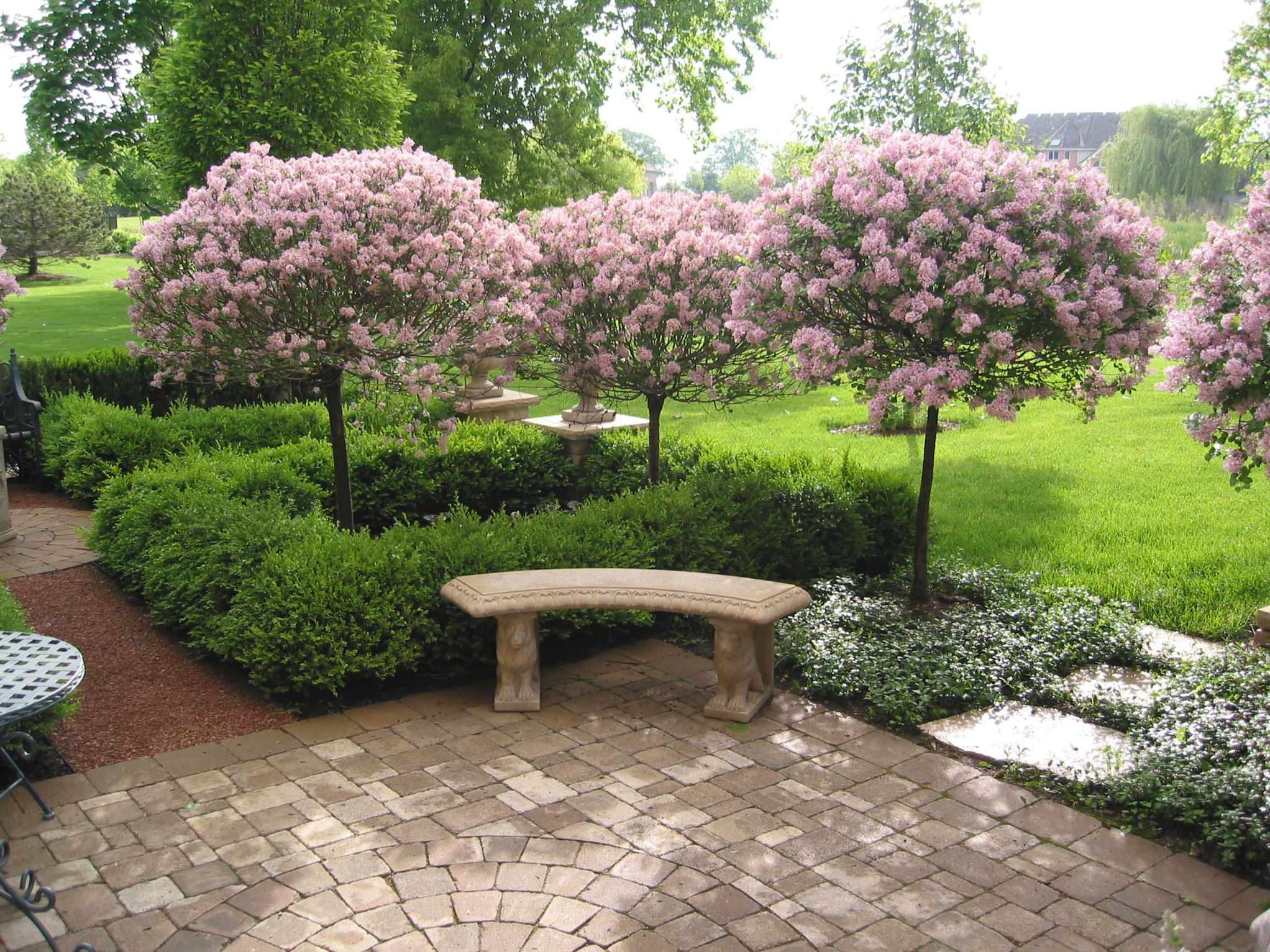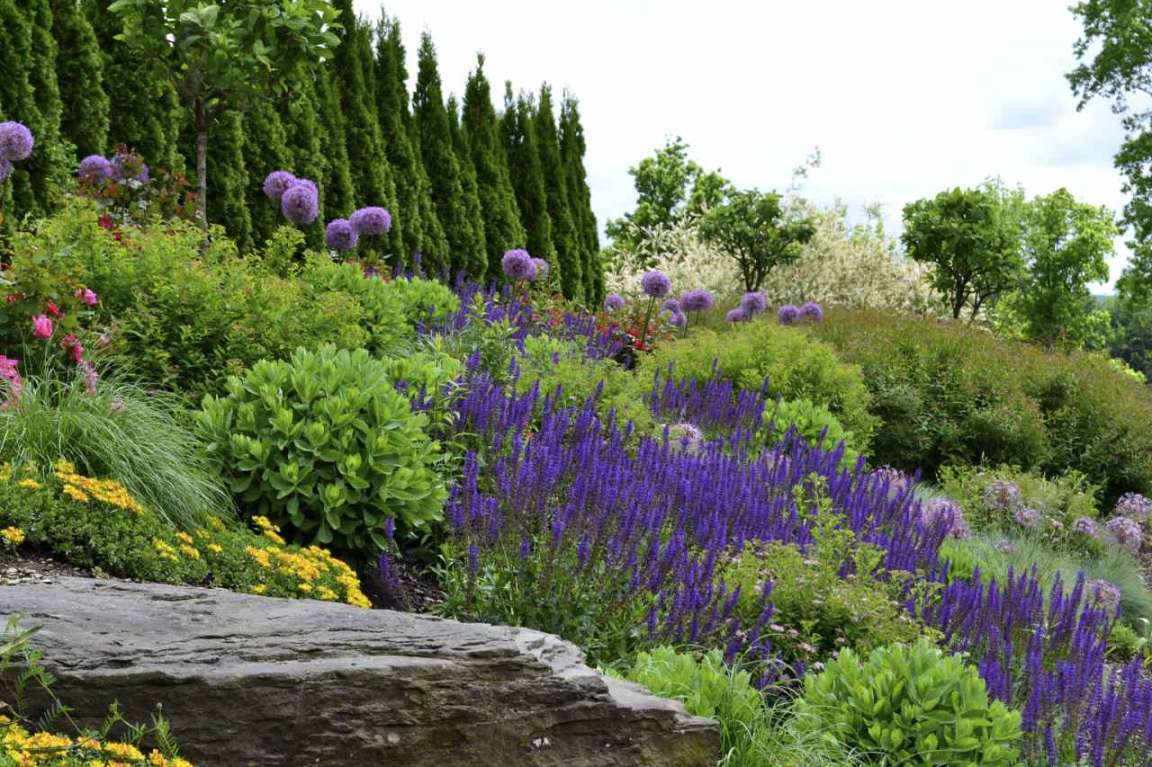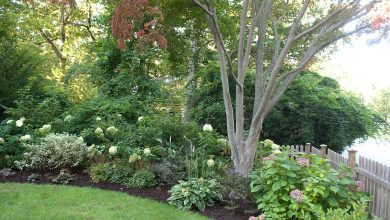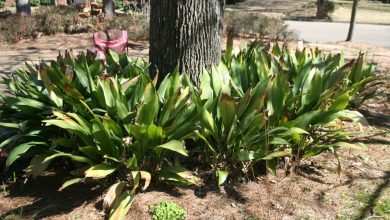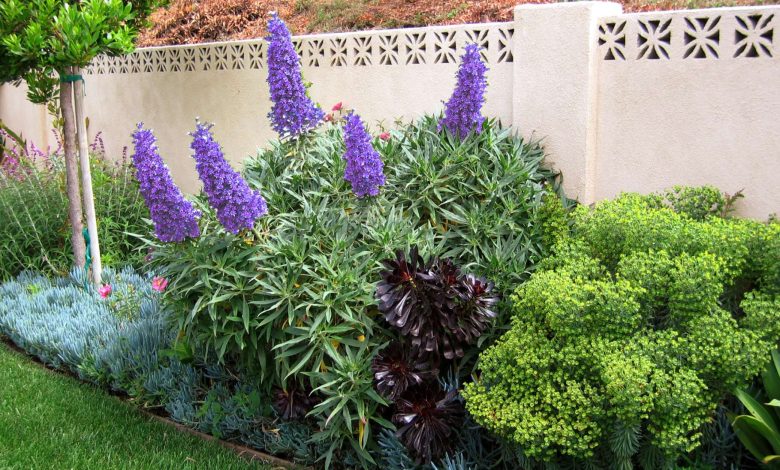
16 Trending Lilac Landscape Ideas 2024
Lilacs: Fragrant Stars of the Landscape
Lilacs (Syringa vulgaris) are undeniably some of the most beloved flowering shrubs, gracing landscapes with their intoxicating fragrance and stunning blooms in late spring and early summer. Their beauty transcends their fleeting floral display, offering a variety of shapes, sizes, and colors to complement any garden design. Whether you envision a classic lilac hedge, a specimen tree bursting with blossoms, or a vibrant mixed border, incorporating lilacs into your landscape opens a door to a world of fragrant possibilities.
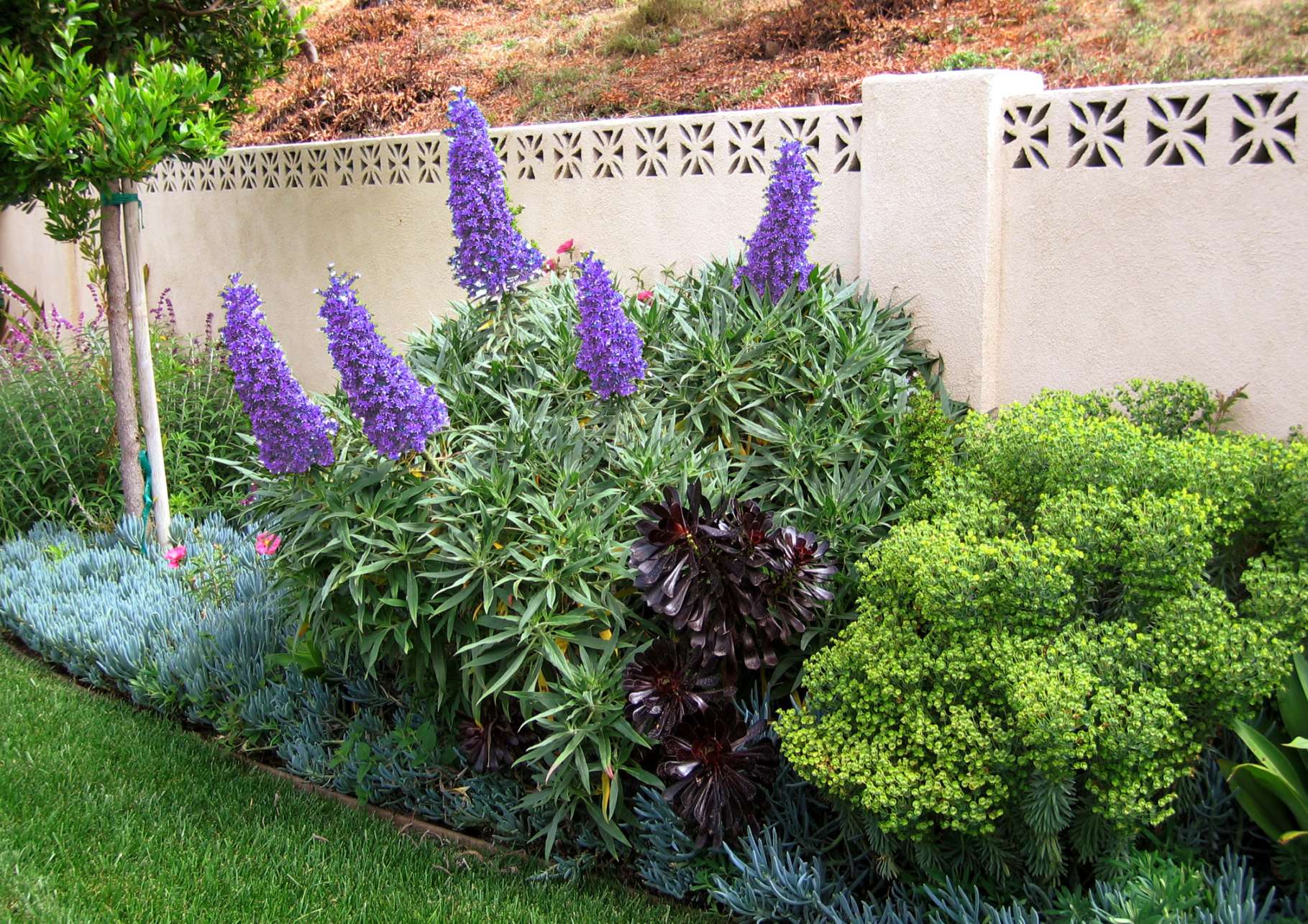
Lilacs come in a delightful spectrum of colors, ranging from the classic lavender to deep purple, pure white, and even soft pink and magenta. They also boast a range of heights and growth habits, from dwarf varieties reaching just 4-6 feet to majestic trees towering over 20 feet. Here’s a breakdown to help you select the perfect lilac for your space:
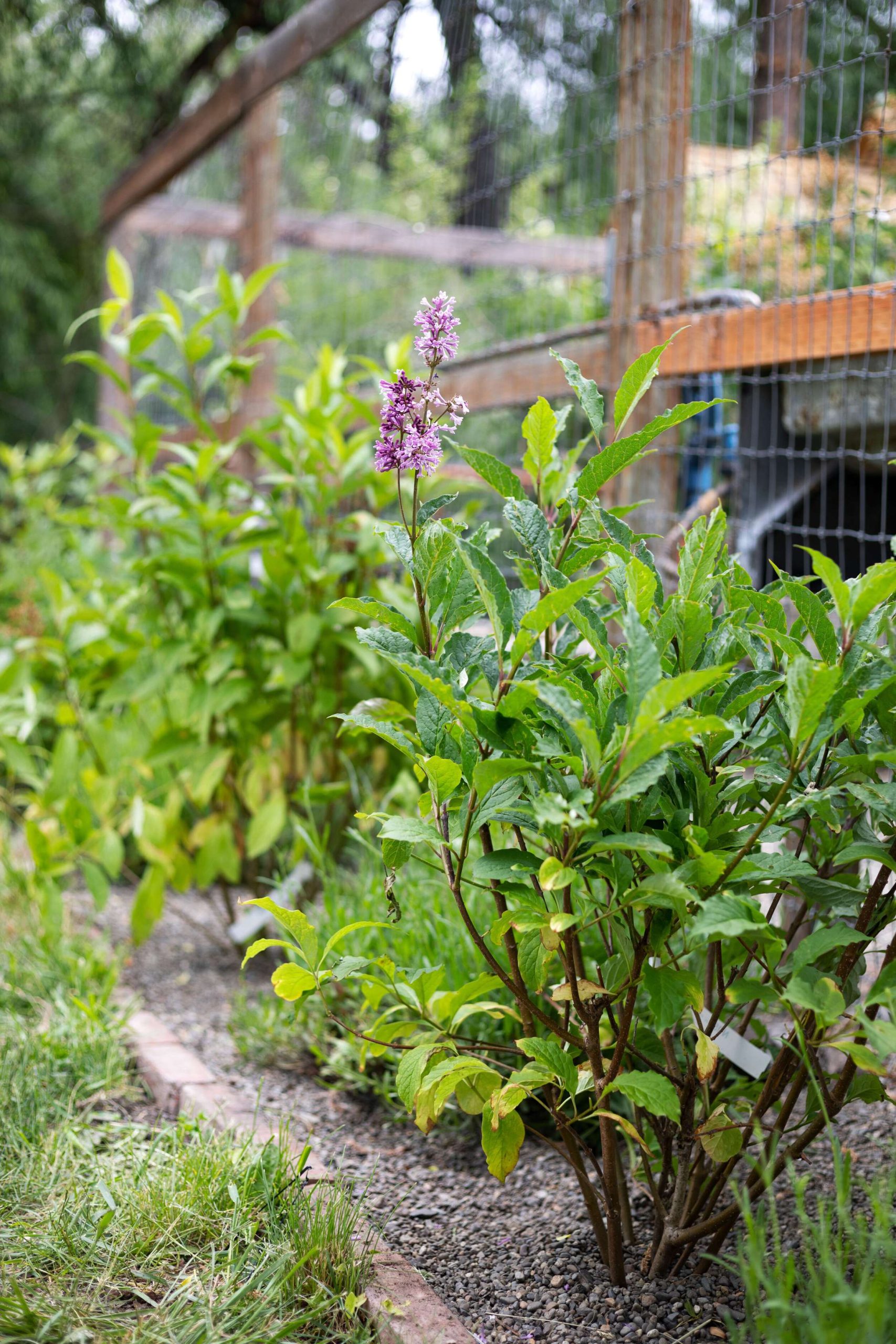
Hedge Lilacs: For a traditional and fragrant boundary, consider the compact and densely-branched Korean Lilac (Syringa meyeri) or the early-blooming Beauty of Moscow (Syringa x hyacinthoides).
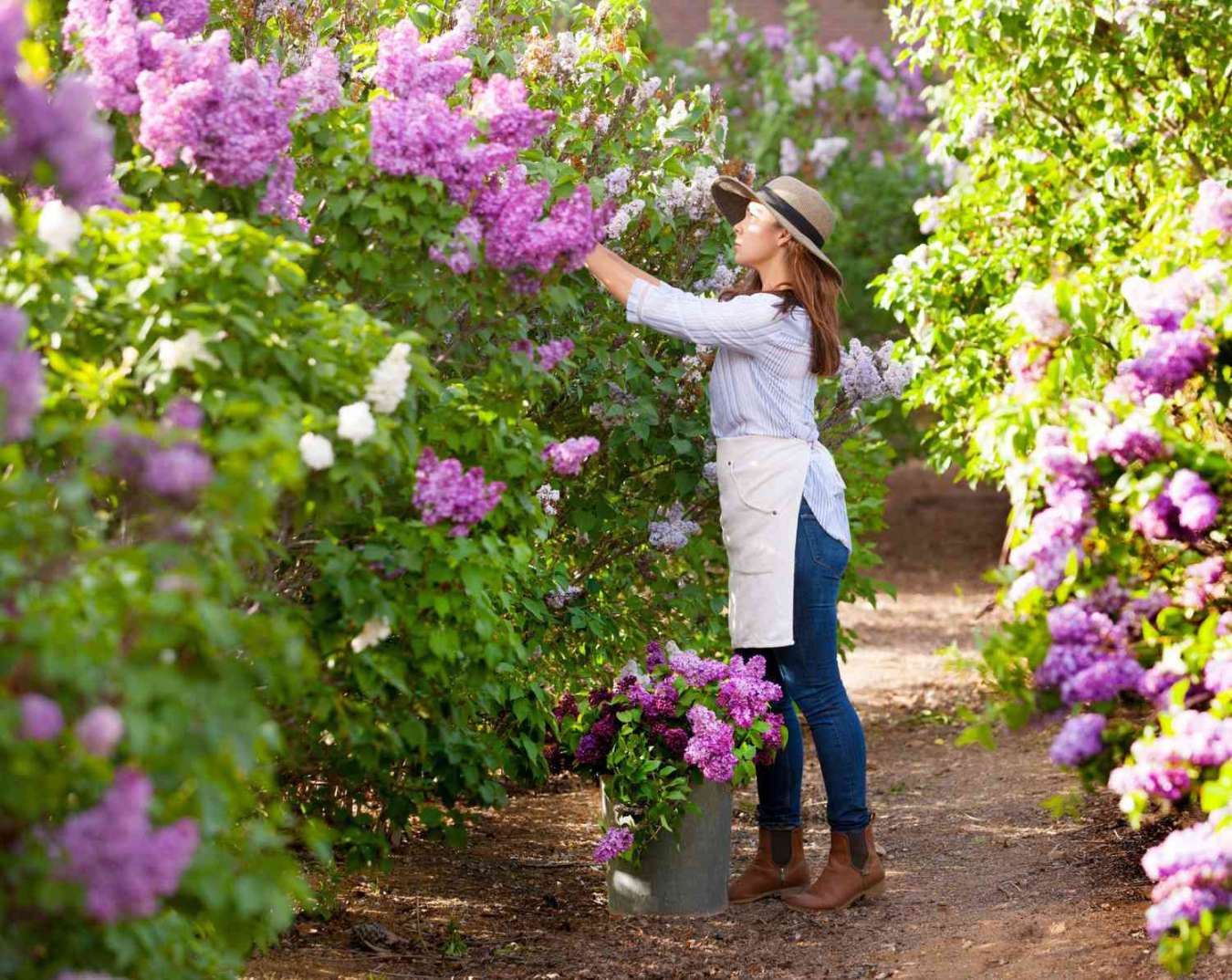
Lilacs thrive in full sun (at least 6-8 hours daily) and well-draining soil. Amending your planting hole with compost or aged manure will provide essential nutrients for optimal growth and flowering. Water your newly planted lilac regularly, especially during the first growing season, and provide a light layer of mulch around the base to retain moisture and suppress weeds. Established lilacs are generally drought-tolerant once their root system matures.
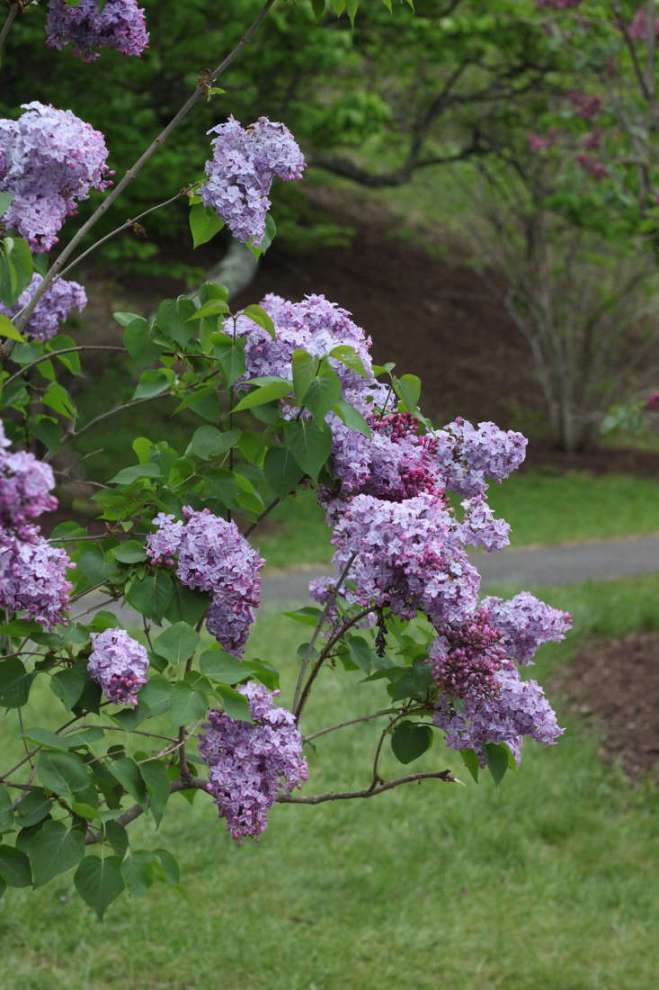
Lilacs flower on old wood, meaning they set flower buds on the stems grown the previous year. Proper pruning is crucial to maintain a healthy shape and encourage abundant blooms. The ideal time to prune lilacs is shortly after flowering has finished in late spring or early summer. Remove spent flower clusters and any dead, diseased, or overcrowded branches. Avoid drastic pruning, as this can significantly reduce flowering in the following year.
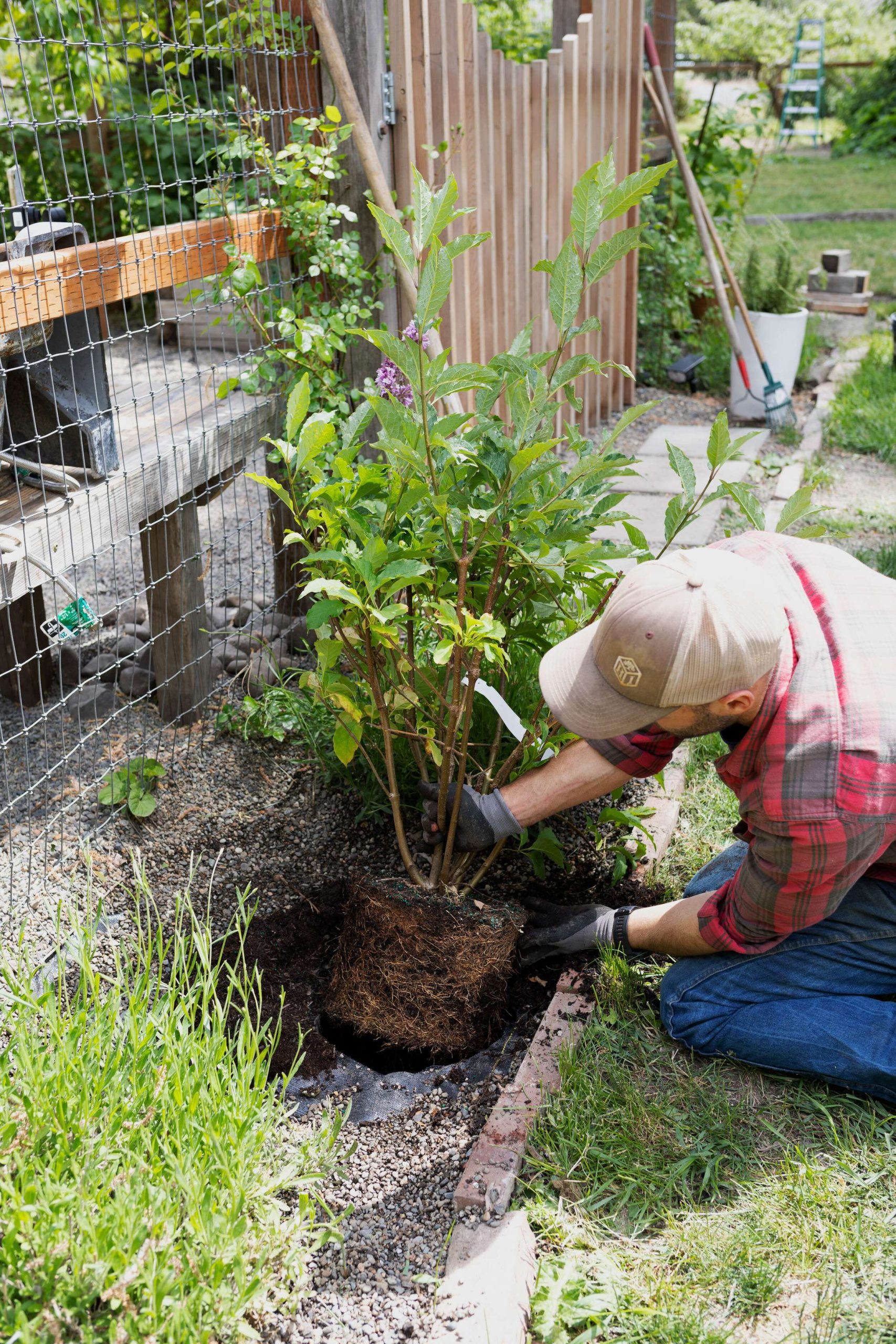
The versatility of lilacs allows them to be incorporated into various landscape designs. Here are some inspirational ideas:
Formal Hedges: Create a classic border or separate different garden areas with a fragrant lilac hedge.
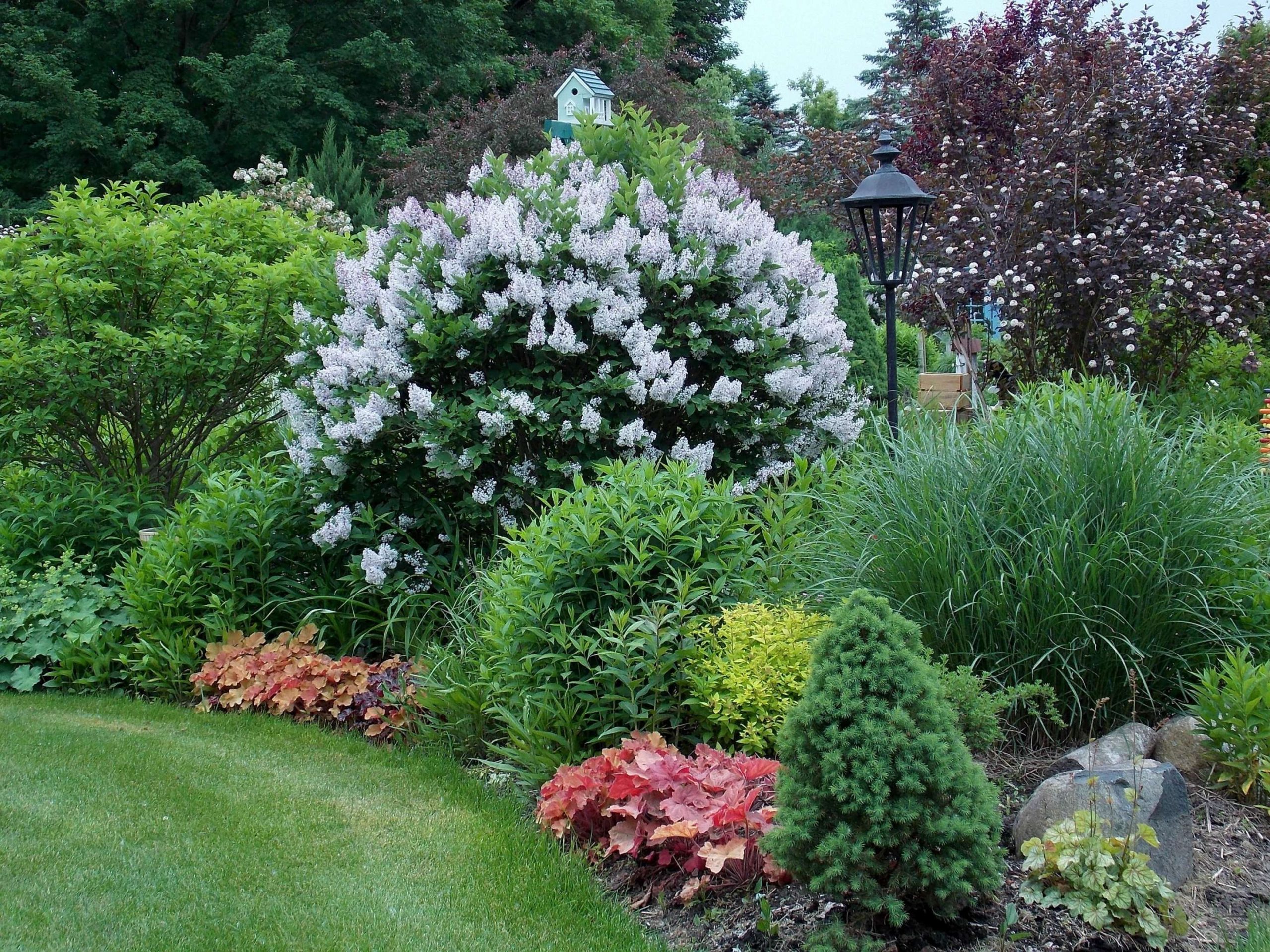
Lilacs are more than just beautiful flowering shrubs; they are fragrant ambassadors of spring, filling your landscape with color and intoxicating aroma. With proper planning, planting, and care, you can enjoy these floral gems for generations to come. Let their captivating beauty and heady fragrance transform your landscape into a haven for all your senses.
